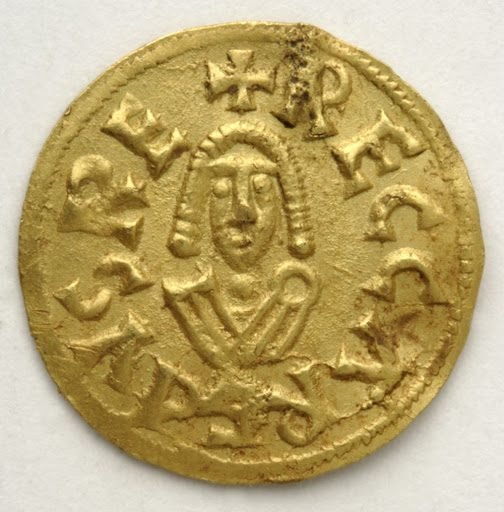The Visigoths were kings of Hispania after the Roman era of Zaragoza and before the phase of Muslim domination. During the two and a half centuries in which the Visigoths were the rulers of Zaragoza, the city was known by the name of Cesarocosta.
We do not have much information about this Visigothic Cesarocosta. In this article we will focus on that limited information we have to describe how the Visigothic Zaragoza was.
The origin of the goths (I – III AD)
In the first place, we should ask ourselves about the origin of those who were kings of Hispania and lords of Zaragoza. Where was their original land?
To answer this question, it must be taken into account that the Visigoths were a branch of a Germanic barbarian people known simply as “the Goths”. According to “De origine actibusque Getarum”, writting collected by the Byzantine historian Jordanes in 541 AD, the original land of the Goths was Gotland (whose etymological meaning is “land of the Goths”). This island is currently part of Sweden.
They left Gotland to migrate to the south. Tacitus in his work “Germania” of the year 98 AD reported that the Goths lived on the banks of the Vistula in present-day Poland. Jordanes and the archaeological record reported that the Goths settled in the second century before Jesus Crist around the Black Sea (in what we currently know as Ukraine).
From the Black Sea they began to plunder the Balkans. The first important looting committed by the Goths against that area of the Empire was in the city of Histria in 238 AD.
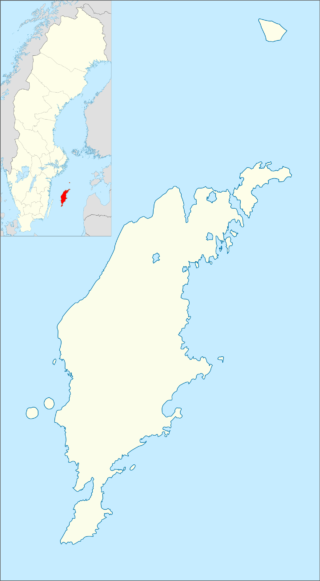
The Visigoths, allies and enemies of Rome (IV – V AD)
Considering the ferocity of the Goths, the Romans understood in the fourth century that it was better to have them as allies instead of fighting them. Consequently, many of the Goths were incorporated into the Roman army as “foederati” (allies) and settled in the border areas of the Empire. Those Goths who allied themselves with Rome were known as the Visigoths. On the other hand, those who did not agree with the Romans and remained longer in Ukraine became known as Ostrogoths.
The frustrated ambition of Alaric, one of the Visigoth leaders who hoped to be promoted to general of the Roman army, caused him to renounce his alliance with the Empire. Having broken this alliance, the Visigoths sacked Rome in 410 AD.
After this historic plunder, Alaric’s Visigoths occupied southern Gaul. There the Visigoths were reconciled with the Romans through another pact. Thanks to that pact, Rome gave the go-ahead for the Visigoths to settle in those territories in southern Gaul. In exchange, the Visigoths had to intervene against the Suevi, Vandals and Alans, who had invaded Hispania in 409 AD. Futhermore, the visigoths fought with Rome against Attila’s Huns in the Battle of the Catalaunian Fields in 451.
Being Euric king of the Visigoths(466-484), these barbarians understood that it was no longer convenient to maintain pacts with at that time very decadent Western Romans and decided to gain direct control of Hispania. In 472 AD, they conquered Caesaraugusta. From that year they progressively took territorial control of Hispania. In 507 AD, they have to abandon most of their territories in Gaul after being defeated by the Franks at the battle of Vouillé.
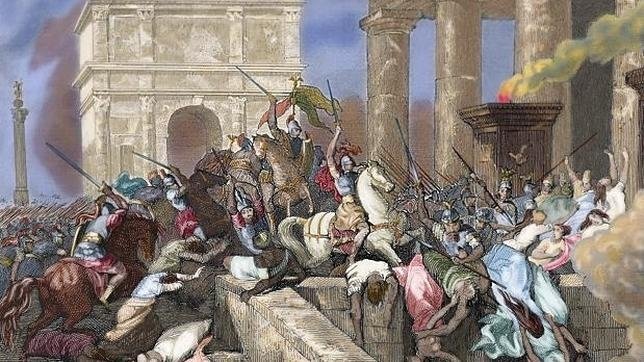

Morbus gothorum and heresy in Visigoth Zaragoza (VI AD)
Visigothic Hispania had an estimated population of between 85,000 and 100,000 Visigoths who exercised dominance over a Hispano-Roman population estimated at 6 million people according to the medievalist Julio Valdeón Baruque. Consequently, it is not surprising that disagreements arose between the newly arrived Visigoths and the local Hispano-Roman population.
Local Hispano-Roman leaders rebelled against the Visigothic kings trying to create an independent power in the Ebro valley. One of these local leaders was a tyrant known as Burdunellvs. According to the “Crónica Caesaraugustuana”, after Burdunellvs was defeated by the Visigoths in 496 AD, he was burned alive on a Brazen bull by the Visigoths. What a horrible death!
Another Hispano-Roman rebellion in the Ebro valley against the Visigoths happened in 506 AD. It was led by a Hispano-Roman rebel named Pedro. The insurrection of Pedro failed and his head was exhibited in Zaragoza. In this way, the inhabitants of the most important population center in the Ebro valley what they should not do.
And it is necessary to take into account that the local Hispanic-Roman population did not renounce their culture. As late as 504 AD, circus games were even held in Visigoth Zaragoza.
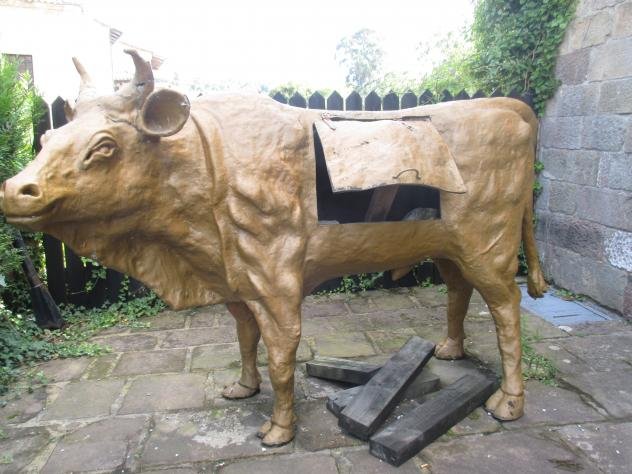
The Visigoths and the Hispano-Romans also did not share the same Christian dogmas. Although both populations were Christian, the Hispano-Romans were Catholic and the Visigoths were Arian Christians.
The Franks tried to take advantage of this difference and, being Catholics, gained support from the local Hispano-Roman population and besieged Zaragoza in 546 AD. However, the city was never taken thanks to an agreement reached between the people of Zaragoza and the Franks. The Franks would lift the siege of Zaragoza in exchange for a relic, the stole of San Vicente Mártir. In Paris, in fact, the Franks would build the Saint Germain des Prés basilica for the cult of said relic.
In 587 AD the king of the Visigoths Recaredo converted to Catholic Christianity. The rest of the Visigothic aristocracy would follow him, thus relieving tensions with the Hispano-Roman population.
A council was even held in Zaragoza in 591 AD, in which it was outlined the steps to integrate the ancient Arian clergy into Catholicism.

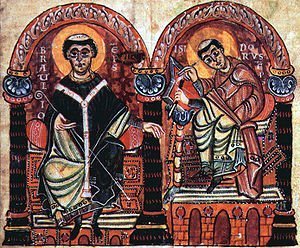
The Visigoth Zaragoza of San Braulio (VII AD)
In this century San Braulio lives in Zaragoza. San Braulio was bishop of Cesarocosta from 631 to 651. A great friend of another scholar of the time, Bishop San Isidoro of Seville, he exchanged letters with him and fortunately we keep these letters serving as a source to understand that dark epoque.
San Braulio was very influential in the councils held in Toledo, the capital of Visigothic Hispania. At these councils he intervened to prevent the forced conversion of the Jews to Christianity. Saint Braulio argued that they should be converted through peaceful preaching.
Additionaly, San Braulio collaborated in the writing of the Liber Iudiciorvm. This was a code of laws promulgated by the Visigoth king Recesvinto in which, among other provisions, he legalized marriages between Hispano-Romans and Visigoths.
Currently San Braulio is the patron saint of the University of Zaragoza.
At this time the monastery of Santa Engracia worked as a centre of cultural preservation. This was located on top of the Church of the Holy Masses, where the Countless Christian Martyrs of Zaragoza were buried. Thanks to the copying activity of the monks in this monastery, it was possible to create a library in Zaragoza recording culture and information that otherwise would have been relegated to oblivion.
The Zaragoza of the 7th century AD suffered two sieges. The first one happened in 631 AD. in the context of the rebellion of Sisenando, who snatched the throne from the previous king Suintila. The other siege was in 653 AD, when the nobleman Froya rebelled against King Recesvinto with the unsuccessful intention of seizing his throne.
The Muslim conquest of Visigoth Zaragoza (714 AD)
In 711 AD Tárik ibnu Ziyad, being governor of Tangier, crossed the Strait of Gibraltar accompanied by 7,000 men (some sources speak of more).
At that time the Visigothic aristocracy was divided. On the one hand there was a faction of that aristocracy loyal to King Rodrigo and on the other hand there was another side that, having supported the previous king, King Witiza, preferred that the monarch be one of his sons. In such a context of division, King Rodrigo fought against Tárik in the battle of Guadalete in 711 AD. During the battle the faction that supported the Witiza family, having previously positioned itself on the flanks of the Visigothic army, deserted. Consequently the Muslims easily won that battle.
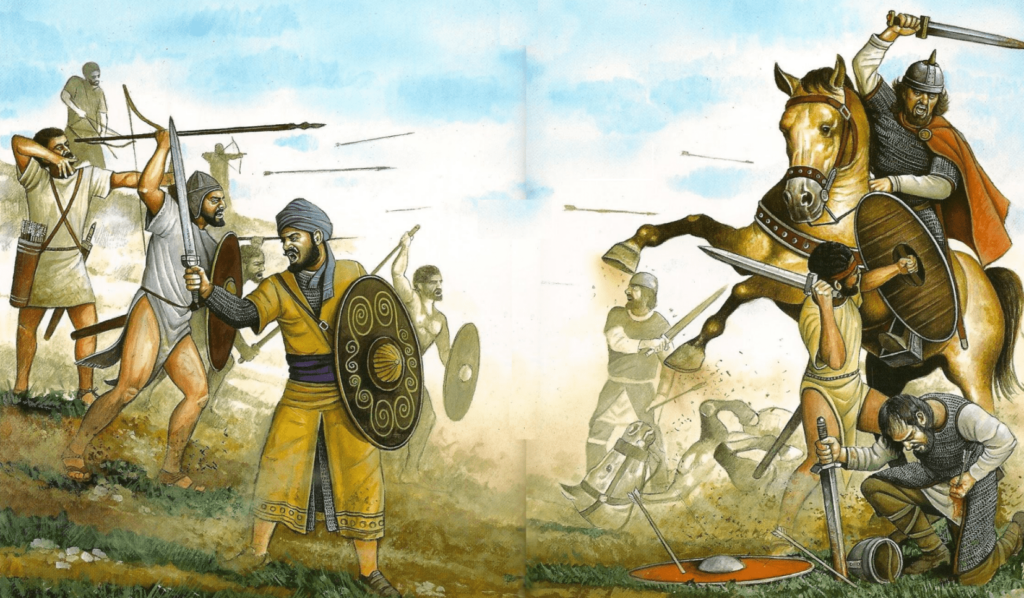
As a consequence of this victory, Musa ibn Nusair, the Muslim governor of Ifriquiya (Maghreb), decided to participate in the Islamic conquest of the peninsula with 18,000 men. The Muslims with this reinforcement will advance rapidly towards the north of the peninsula.
Zaragoza was taken in 714 AD. This city, like the entire area of the Ebro Valley, agreed to submit to the Muslims. The local elite in most cases retained their status in exchange for converting to Islam. Such was the case of the Casio clan, a powerful Hispano-Roman family that had managed to prosper in the Visigoth period. During the Islamic period the Casio will be known as the Banu Qasi and Cesarocosta will be called Saraqusta.
Bibliografía
– J. (2019). Getica: The Origin and Deeds of the Goths. Lulu.com.

